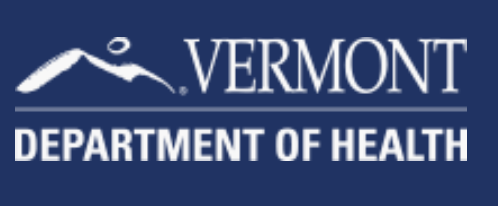A statewide overdose prevention system includes a EMS leave-behind naloxone program that has been found to increase naloxone distribution to high-risk populations
Naloxone can reverse opioid overdoses but is often not immediately available, especially in rural areas. To help close the gap in naloxone availability, Vermont initiated its statewide Opioid Overdose Prevention and Reversal Project (OOPRP). The Vermont Department of Health provides naloxone and training through collaborations with community-based organizations. These partners distribute naloxone rescue kits and provide overdose response training, opioid misuse prevention training, and referrals to treatment across Vermont. The program's website provides videos on how to recognize an overdose, how to administer naloxone, and a map of where to find it in the state. This OOPRP data brief gives an overview of program utilization and outcomes.
A unique feature of OOPRP is the "Naloxone Leave Behind" program (preliminary evaluations are here and here) which requires emergency medical services (EMS) workers to identify patients at risk for an overdose and provide them with naloxone if they refuse transport to a hospital after a nonfatal overdose. Presentations describing the operations and outcomes of this program are here and here, and the procedure for dispensing naloxone rescue kits is described in section 8.11 of the Vermont Statewide EMS Protocols. Contact information for the program can be found at the OOPRP website.
Opioid Overdose Prevention and Reversal targets life-saving services to people who are using drugs, family members, and others that may be in a position to help in the event of an opioid overdose.









